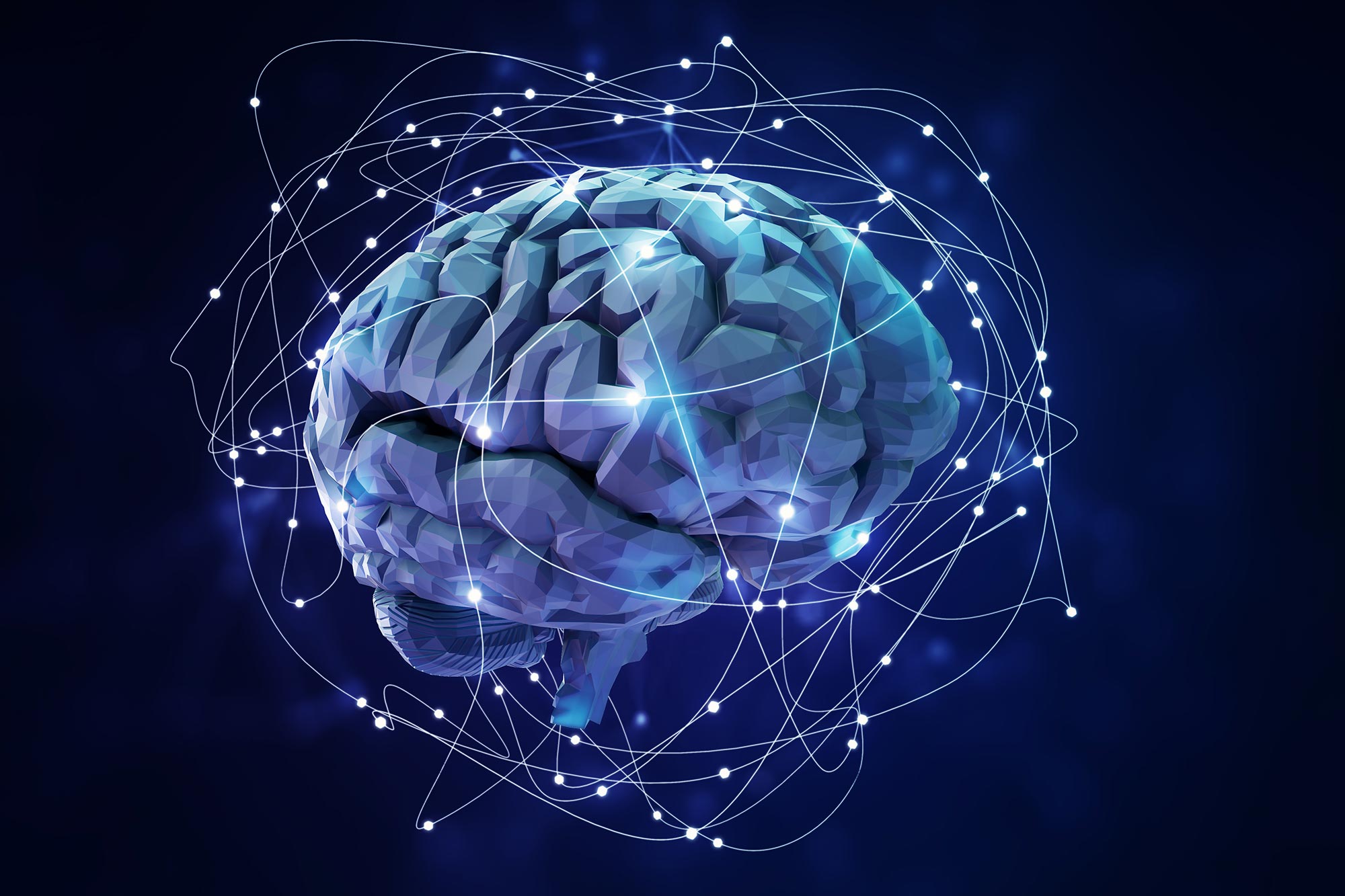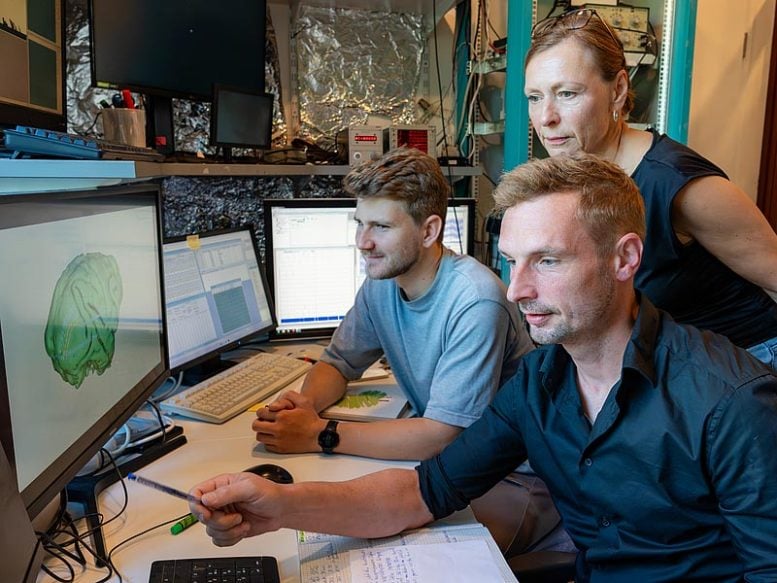Study Shows Brain Signals Only Matter if They Arrive on Time

Signals are processed only if they reach the brain during brief receptive cycles. This timing mechanism explains how attention filters information and may inform therapies and brain-inspired technologies.
It has long been recognized that the brain gives priority to the information we direct our attention toward. A well-known example is the cocktail party effect.
“In an environment full of voices, music, and background noise, the brain manages to concentrate on a single voice. The other noises are not objectively quieter, but are perceived less strongly at that moment,” explains Dr. Eric Drebitz, a brain researcher at the University of Bremen.
In such cases, the brain channels its processing power toward the most relevant input—like the voice of a conversation partner—while other sounds are still registered but not processed as deeply.
Drebitz: “Until now, it was unclear how this survival-critical mechanism of selecting relevant information is controlled. When you cross a street and a car suddenly appears from the side, the brain immediately focuses its processing on this one piece of visual information – the movement of the vehicle. Other impressions, such as signs, passersby, or billboards, fade into the background as they distract our attention and slow down our reaction. It is only through this targeted prioritization that we are able to react quickly and take evasive action.”
Timing: The Key to Information Processing
A research team led by neuroscientists Andreas Kreiter and Eric Drebitz has now delivered the first causal evidence for how the brain selects and processes important information.
“Whether a signal is processed further in the brain depends crucially on whether it arrives at the right moment – during a short phase of increased receptivity of the nerve cells,” explains Drebitz. “Nerve cells do not function continuously, but in rapid cycles. They are highly active and receptive for just a few milliseconds, followed by a period of lower activity and responsiveness. This cycle repeats roughly every 10 to 20 milliseconds. Only when a signal arrives just before the peak of this active phase does it alter neuronal behavior.”

This precise timing is the core principle of information processing. Attention takes advantage of this mechanism by adjusting the rhythm of nerve cells so that relevant signals reach them within the receptive window, while irrelevant signals are filtered out.
In order to prove the cause of this fundamental mechanism of our brain, selective stimulus transmission was studied in rhesus monkeys – a species that is very similar to humans in the organization of the cerebral cortex. The animals performed a visual task on a screen while very weak electrical stimuli were generated in an early section of the visual processing pathway (area V2). These artificial signals were unrelated to the task and served solely as test stimuli. The team then analyzed how these signals affected a downstream area (area V4).
“The artificially triggered signals only influenced the activity of the nerve cells in V4 when they arrived during a short phase of increased receptivity. If the same signal arrived too early or too late, it had no effect. If it arrived within the sensitive time window, it not only changed the activity of the nerve cells, but also the behavior of the animals: they reacted more slowly and made more mistakes – from which it can be concluded that the test signal, which contained no information for the task, became part of the processing and thus interfered with the performance of the actual task,” explains Drebitz.
Important for Understanding the Brain and Treating Alzheimer’s and ADHD
“The results provide a basis for developing more precise models of the brain. They show how information is selected and prioritized before it leads to perception, learning, and behavior,” says Drebitz. However, this knowledge is not only important for foundation research, but also for the field of medicine, “since diseases such as Alzheimer’s and ADHD are associated with problems in the selective processing and storage of relevant information. And also for new technologies such as brain-computer interfaces that communicate directly with the brain.” For such systems to work reliably, they must feed in information at precisely timed intervals and correctly read the nerve cell patterns. The development of artificial intelligence (AI) could also benefit from these principles, as they could serve as a template for particularly flexible and efficient processing.
Reference: “Gamma-band synchronization between neurons in the visual cortex is causal for effective information processing and behavior” by Eric Drebitz, Lukas-Paul Rausch and Andreas K. Kreiter, 11 August 2025, Nature Communications.
DOI: 10.1038/s41467-025-62732-8
Never miss a breakthrough: Join the SciTechDaily newsletter.
Source link

